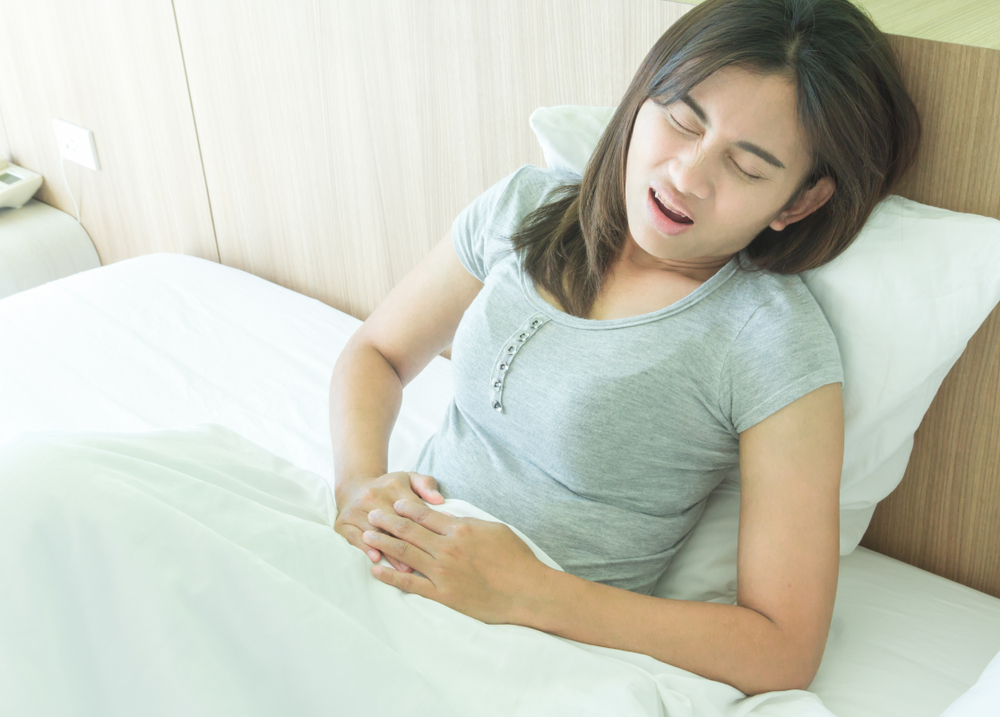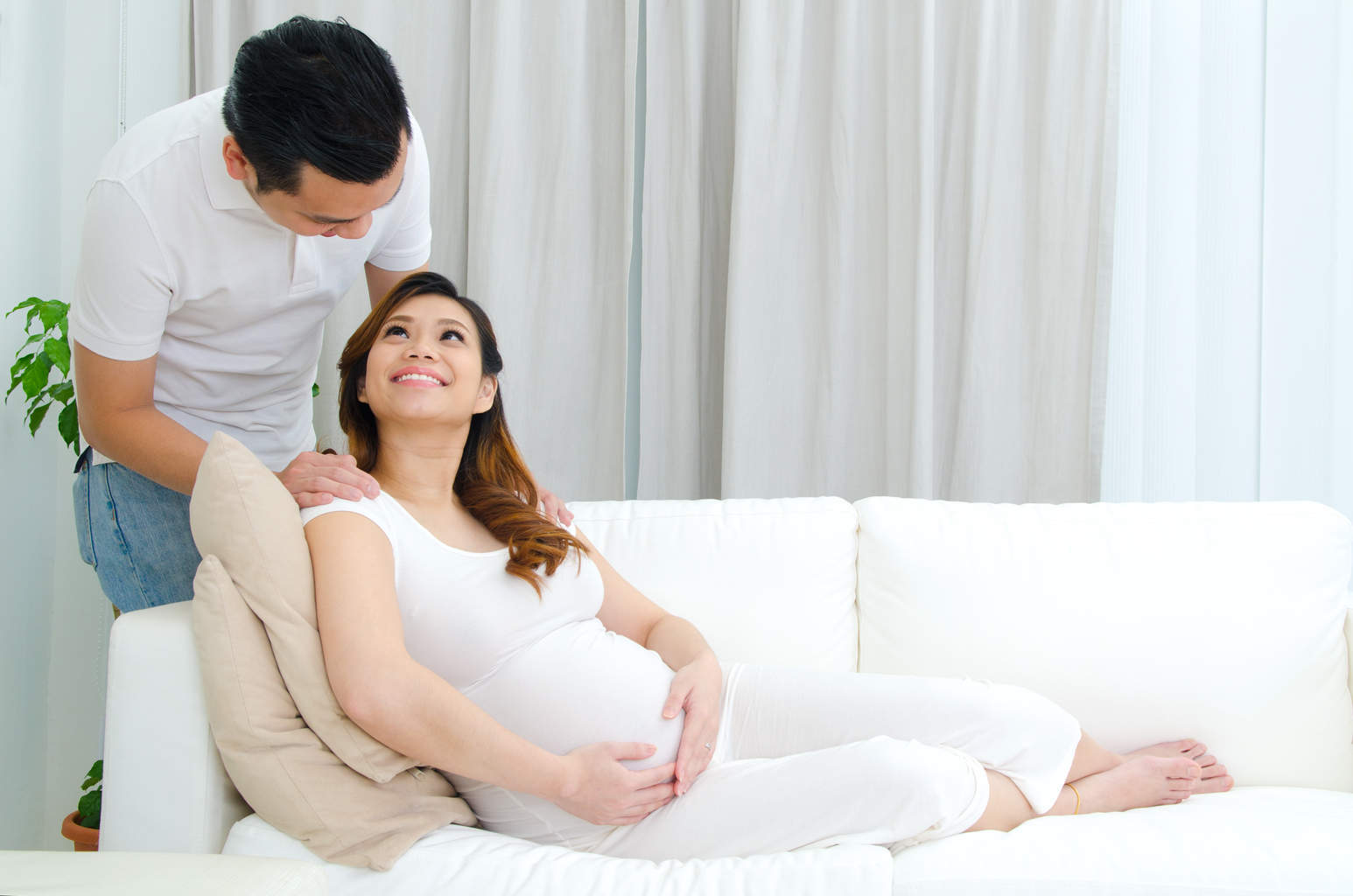Contents:
- Medical Video: 11 Things You Should Avoid After C-Section (Restrictions after C Section)
- Symptoms of hernia after caesarean delivery
- How big is the risk of having a hernia after caesarean delivery?
- Treatment for hernias after caesarean delivery
Medical Video: 11 Things You Should Avoid After C-Section (Restrictions after C Section)
Hernias are complications of caesarean delivery which are quite rare. Hernias that occur after caesarean delivery are called incisional hernias. Hernias occur when a part of an organ or tissue (such as a part of the intestine) protrudes into unusual areas so that a lump in the area will be seen. Then, what are the symptoms of incisional hernias that can occur after a caesarean section?
Symptoms of hernia after caesarean delivery
The main symptom of an incisional hernia is the appearance of a lump near or attached to the site of the surgical incision. Lumps usually have the same color as the skin. The size of a lump can be as small as wine or it can be very large. Hernias can change places or increase over time.
Hernias do not always appear immediately after caesarean delivery, but can appear after years after surgery. If this happens, the lump will appear along the former incision.
Lumps from this hernia are usually more visible when:
- stand up straight
- doing physical activity, such as lifting objects above your head
- cough
Sometimes, the incisional hernia can cause pain and disturbance, especially if the lump in the stomach is clearly visible.
Incisional hernias also affect the area around the abdomen so that it can cause abdominal pain. This includes nausea and even vomiting. Constipation is another symptom because a hernia can cause the intestines to get out of place. This makes bowel movements more difficult.
How big is the risk of having a hernia after caesarean delivery?
Hernias after caesarean delivery are rare.
A study in 2014, conducted from 642,578 women in Australia found that only 0.2 percent of participants needed hernia surgery.
Another 2014 study in Denmark, published in the journal PLoS One, reported that an estimated 0.2 percent of women who underwent caesarean section needed hernia surgery in 10 years. The risk is higher in the first 3 years after delivery.
The study also found that women who had midline (upper and lower) incisions were more likely to have hernias after caesarean section than women with transverse incisions (side to side). Half of the hernias that occur after caesarean section cause symptoms in the first year.
This type of incisional hernia is a type of ventral hernia, which means the hernia enlarges through the abdominal muscles. These hernias contribute 15 to 20 percent in cases of hernias.
Treatment for hernias after caesarean delivery
You may need treatment for side effects of complex hernias, such as intestinal perforation or infection. This condition may require additional surgery, antibiotics, or hospital treatment.
Surgical removal of emergency hernias requires general anesthesia. If the hernia is not too severe, local anesthesia will usually be given. This depends on the type and location of the hernia owned.
A surgeon can remove the hernia through open surgery or laparoscopy. In open surgery, the doctor will cut the stomach. Meanwhile, laparoscopic surgery is performed using a small incision, which tends to heal faster.












